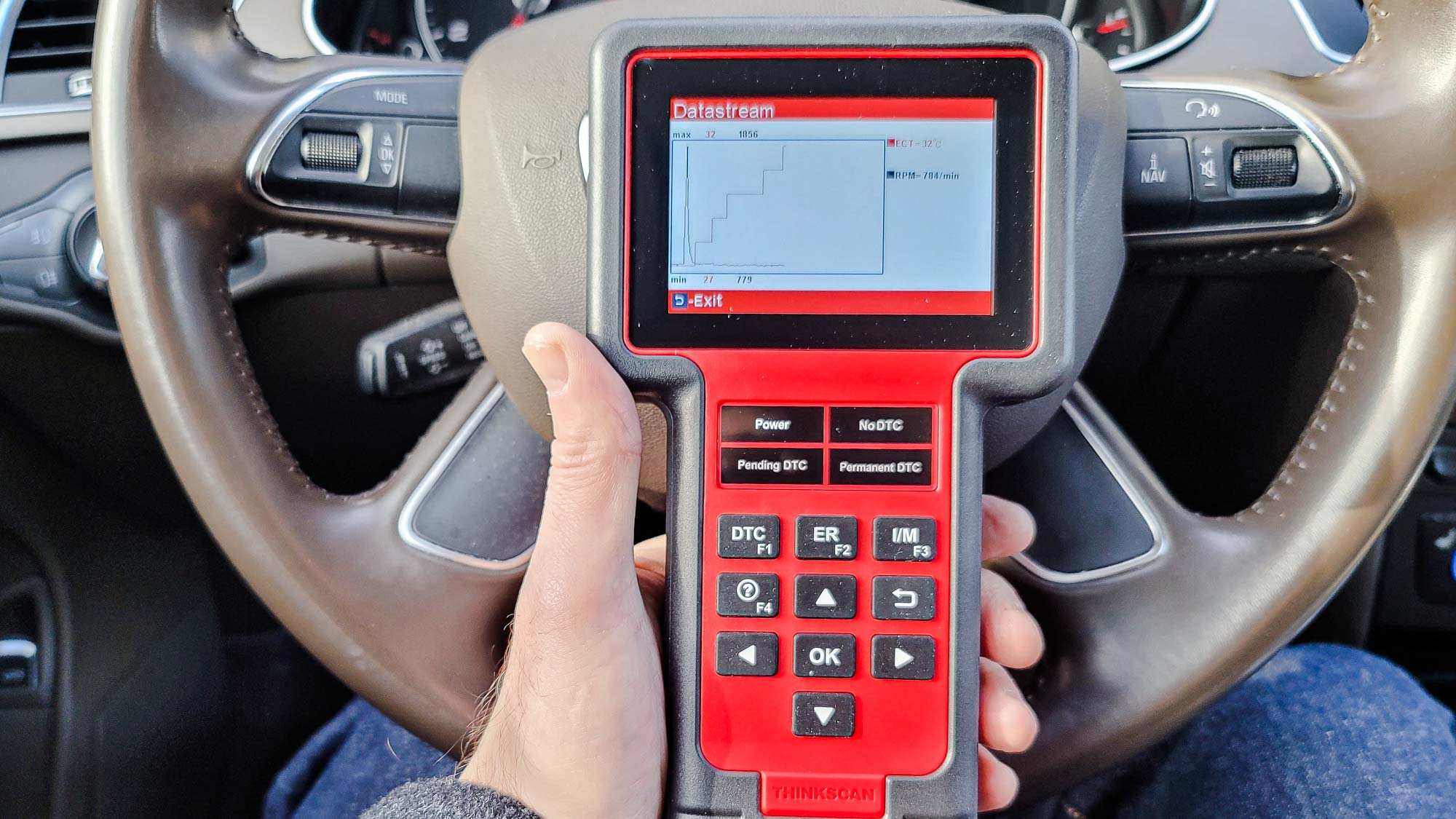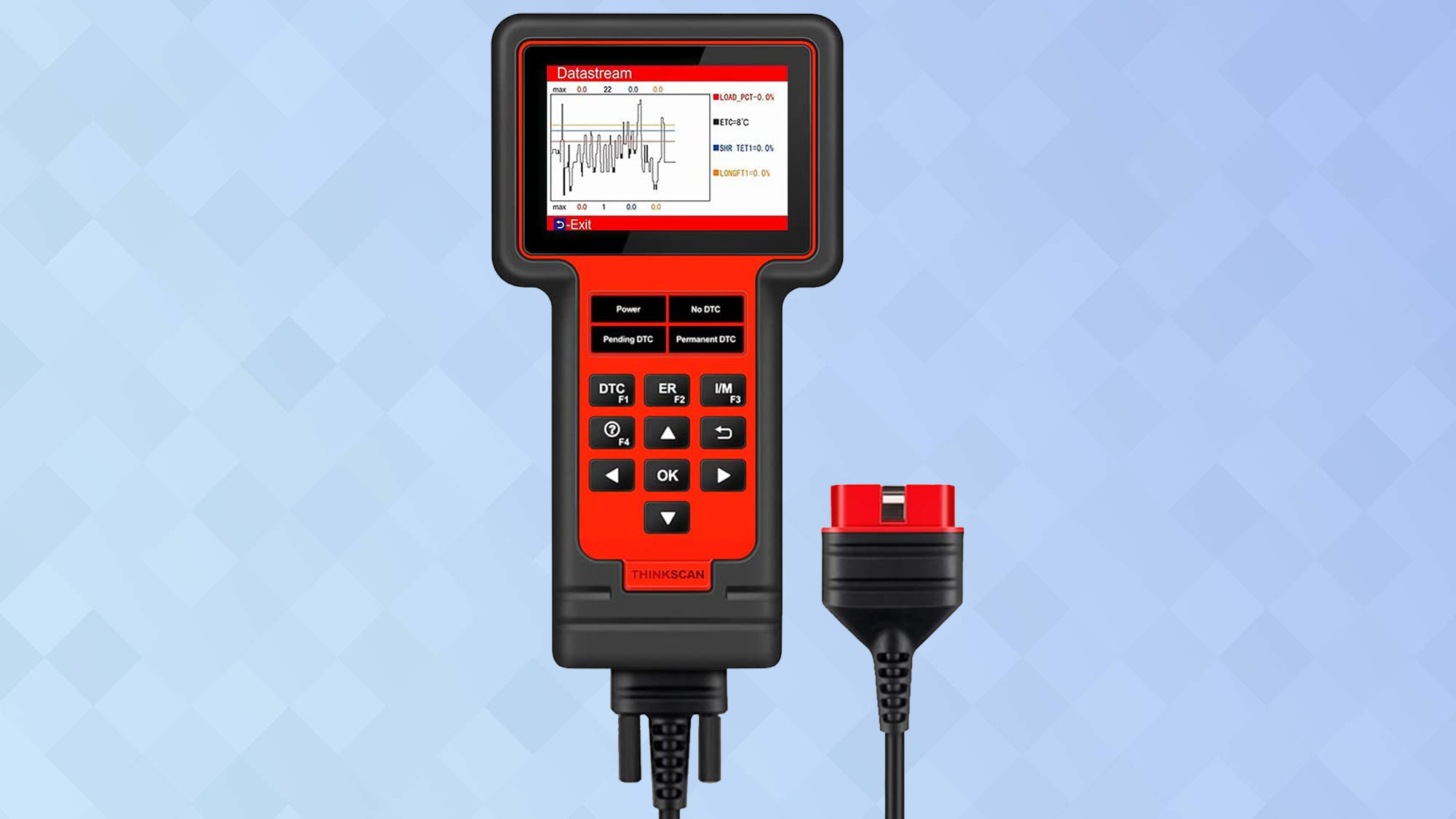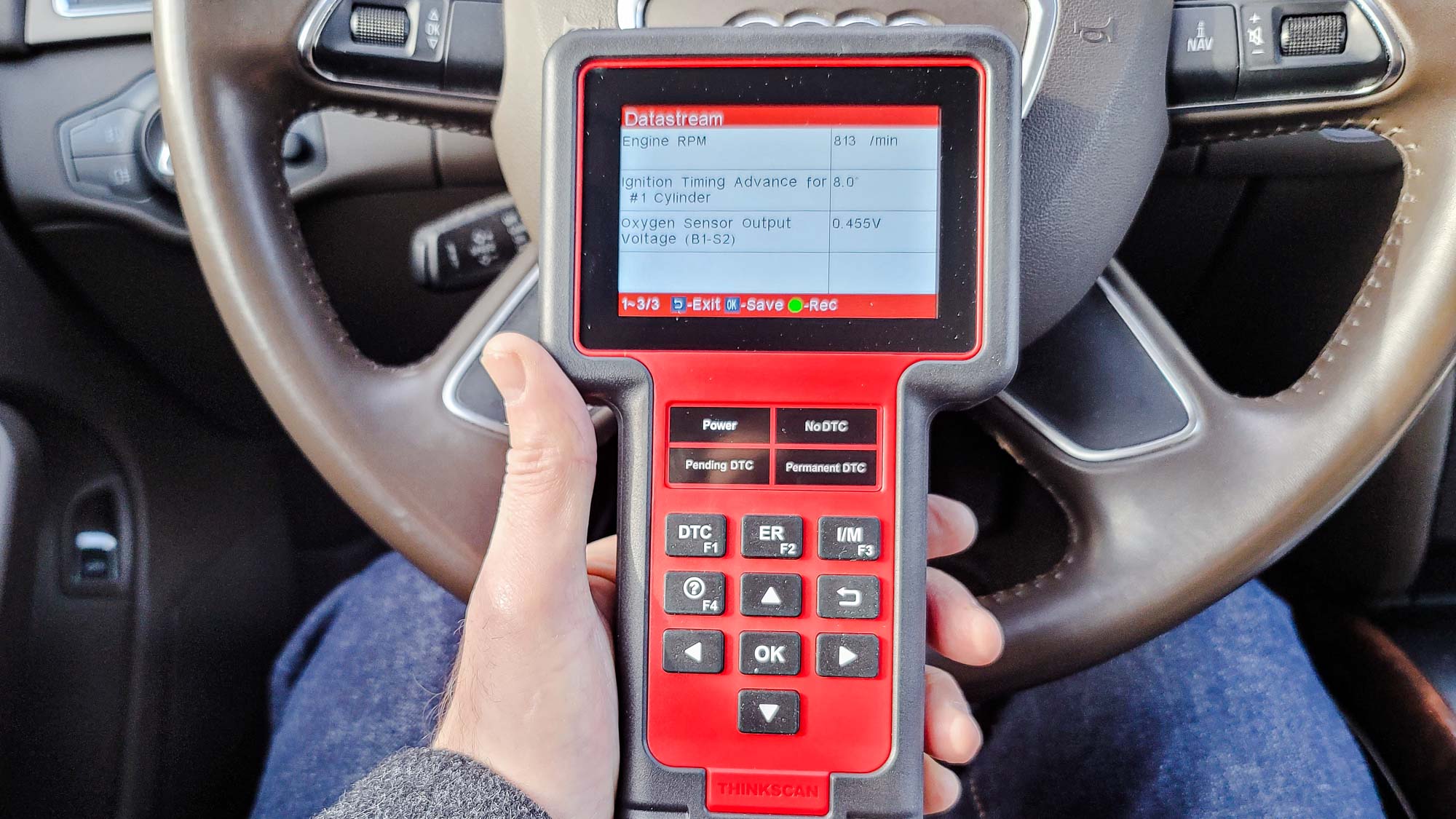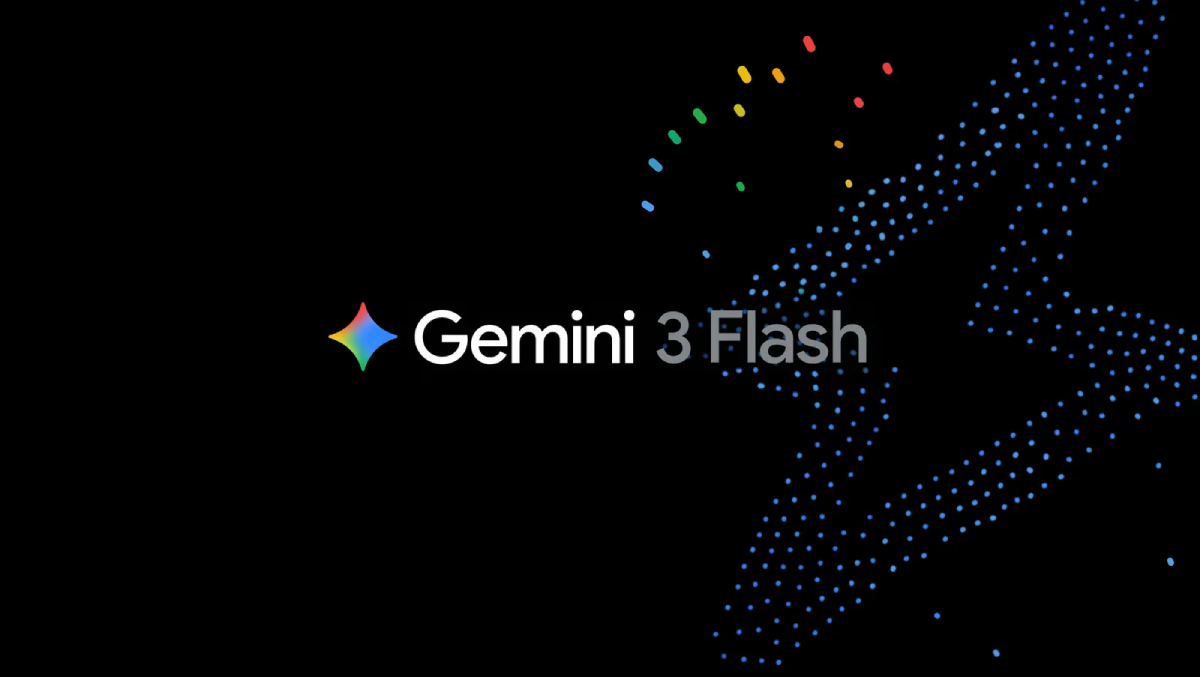Tom's Guide Verdict
It may be big and heavy, but the ThinkCar ThinkScan 609 presents its OBD automotive data on one of the largest screens for a handheld model. On the downside, you’ll have to figure out how to use it on your own.
Pros
- +
Big screen for a vertical handheld OBD scanner
- +
Includes 16GB flash card
- +
Covers generic and lots of specialty codes
- +
Long connection cable
Cons
- -
Big and bulky
- -
Lacks documentation
Why you can trust Tom's Guide
Size: 8.1 x 4.4x 1.2 inches
Weight: 12.7 ounces
Live data: Yes
Display type and size: Color, 3.5 inches
Number of keys: 10
Bluetooth: No
Handheld: Yes
Warranty: 1 year
Sure, it’s big and can be cumbersome, but the ThinkCar ThinkScan 609 has one of the largest screens available on a handheld vertical OBD scanner. It pays dividends by not only showing a lot of information but also with excellent graphics.
Not only can the scanner interrogate your car to see what’s wrong, it also has an extra-long cable and a flash storage card for investigating problems with the scanner in hand and saving the results. At $190 it may be on the expensive side, but the ThinkScan 609 comes ready to figure out what’s going on inside your car.
ThinkScan 609: Pricing and availability
The $190 ThinkCar ThinkScan 609 provides a lot of professional features for diagnosing what’s wrong with your car. While the $60 yellow ThinkScan 600 model can monitor anti-lock brakes, oil and tire pressure sensors, the blue 601 version costs $110 and adds access to car Steering and Suspension (SAS) components. The red 609 model I looked at works with a car’s fuel system as well.
ThinkScan 609: Design
Don’t let its ping pong paddle shape fool you, the ThinkScan 609 feels good in the hand and provides access to one of the largest screens in a vertically-oriented OBD scanner. The 8.1 x 4.4 x 1.2 inch device, however, can be unwieldy to use but its bright red case is sure not to get lost in a toolbox.
16 percent larger than the SeekOne SK860, already one of the biggest handheld scanners available, the ThinkScan 609 weighs 12.7-ounces versus the SK860’s 11.2 ounces.

The payoff is that the ThinkScan 609 has a 3.5-inch display that’s 20 percent larger than the 2.8-inch screen on the SeekOne SK860. The result is a less cramped view of the data plus the use of excellent graphics. That’s particularly notable when graphing live data that range from the temperature of the coolant to the car’s speed.

Rather than soft keys that require deliberate pressing, the ThinkScan 609’s 10 buttons have a satisfying click when actuated. There are dedicated controls for running an I/M Readiness pre-inspection sequence of tests as well as for looking up fault codes and erasing the emissions related diagnostic data. It has dedicated lights for power, pending fault codes, no fault codes and permanent ones.
Get instant access to breaking news, the hottest reviews, great deals and helpful tips.
ThinkScan 609: Setup
A few seconds after plugging the ThinkScan 609’s cord into my 2014 Audi A4 AllRoad its screen came to life, showing the interface. After I told the device what car I had, it was ready to tell me everything about my car.

Ready to get to work, the ThinkScan 609 comes with its connection cable, USB cable, a 16GB microSD card and a USB card reader. Its documentation is limited to a fold-open sheet that describes how to update its firmware. The lack of a manual means it might not be appropriate for those new to OBD scanners. There are several crowd-sourced videos on how to use it, though
The scanner’s one-year warranty includes lifetime software updates and a modest amount of support options, including an FAQ section. Unfortunately, it lacks the expected manual or user guide online. If you email the support people, they’ll send you a basic start up guide, but there’s nothing to compare with the 100-page manual for the Innova 6100P. You can also use the Web site’s support chat window, but if you want to talk to someone at ThinkCar it’s a toll call to Canada.
ThinkScan 609: Performance
Once connected to my 2014 Audi A4 AllRoad, the ThinkScan 609 showed my car’s key data alongside the Vehicle Identification Number (VIN). The main menu is more complex than most scanners but easy to figure out with entries for OBD, Scan, Service, Review, Lookup, Help and Settings.
The scanner’s 54-inch cord was just long enough for me to work in the engine bay with the ThinkScan 609 in my hand. As close to a complete consumer scanner as exists, it’s able to monitor the air bags, anti-lock brakes, oil pressure, steering and suspension components, engine and transmission’s control computers. It can even show problems with the fuel injectors or the particulate filter on diesel engines.

The device showed me the car’s Vehicle Identification Number, and quickly found my introduced fault after I disconnected the oil temperature sensor. I was able to turn off the Check Engine light as well. The ThinkScan 609 can print a car health report. It has a microSD card slot and a 16GB flash card to move data to a computer.
ThinkScan 609: Bottom line
It may be big and cumbersome but the 3.5-inch display on the ThinkScan 609 sets it apart from the crowd of vertical handheld OBD scanners. It not only shows more information and includes a 16GB flash card for storing and transferring data, but excellent graphics mean it’s easy to see what’s going on under the hood. On the downside, the ThinkScan 609 lacks documentation. It’s good at what it does, but is a nonstarter for those new to the intricacies of OBD scanners.
Brian Nadel is a freelance writer and editor who specializes in technology reporting and reviewing. He works out of the suburban New York City area and has covered topics from nuclear power plants and Wi-Fi routers to cars and tablets. The former editor-in-chief of Mobile Computing and Communications, Nadel is the recipient of the TransPacific Writing Award.


